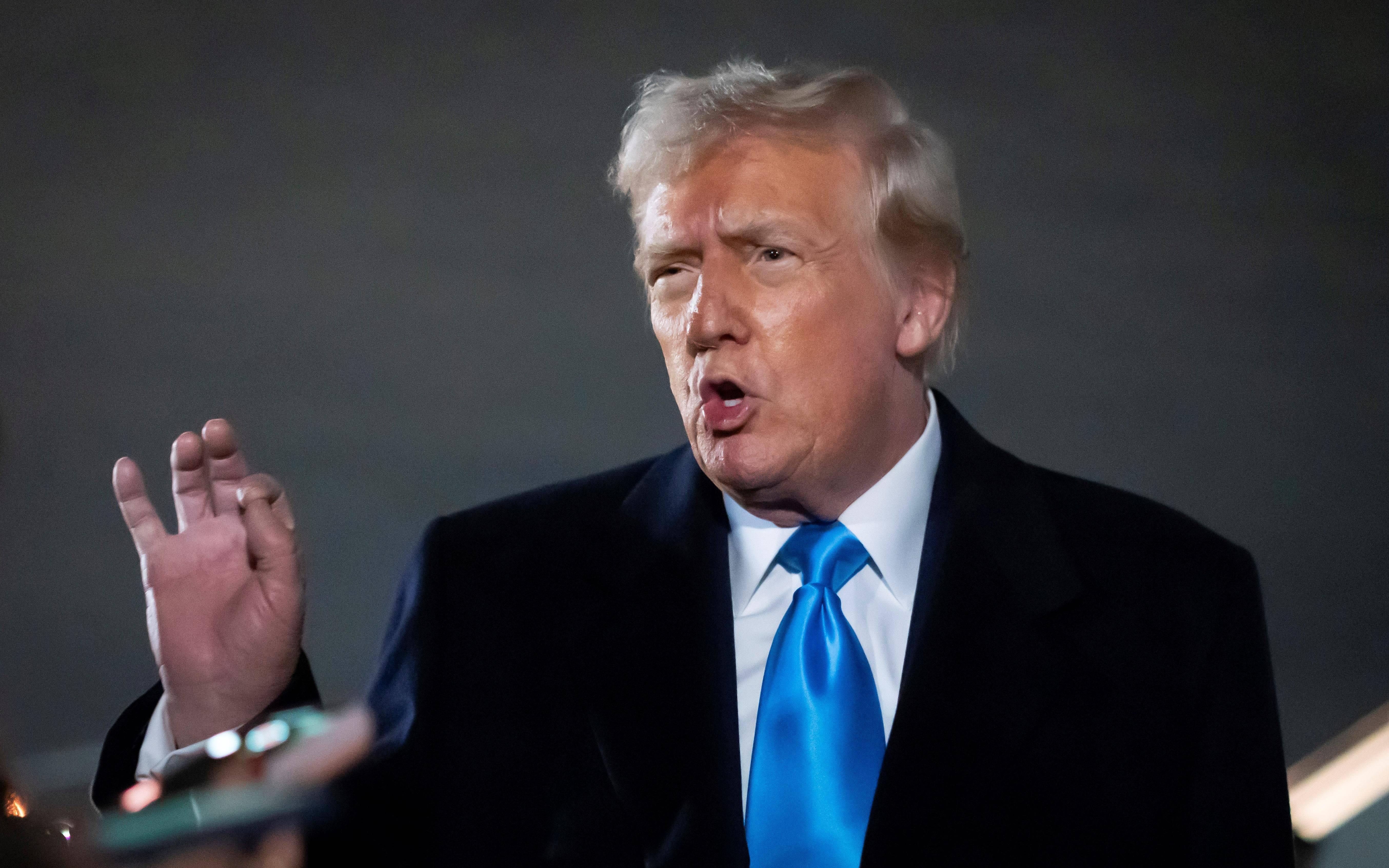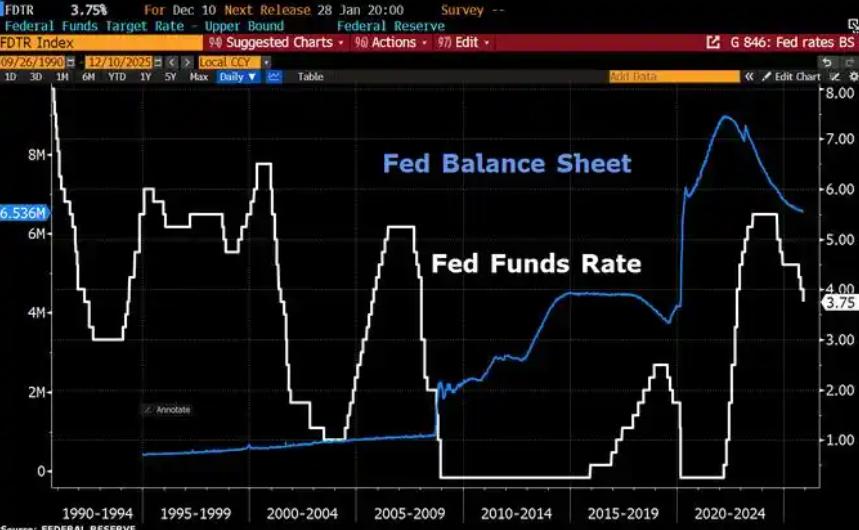
US President Trump claimed that a "detailed peace plan" related to the Russia-Ukraine conflict would be announced within the next three days. As soon as this news came out, it immediately drew widespread attention from the international community and different responses from all parties.
Trump expressed full confidence in his statement, asserting, "I will disclose all details to you in the next 3 days. We have had very good talks involving issues related to Ukraine and Russia—just wait and see." Although the specific details of the plan remain incomplete, reports from U.S. media outlets like The New York Post suggest its content could be highly controversial. According to senior government officials, if a ceasefire is reached to end the Russia-Ukraine conflict, the agreement might include deploying European troops into Ukraine to enforce the proposed ceasefire. The plan also considers establishing an independent peacekeeping force in the form of a "joint commission" composed of Russia, Ukraine, and a non-NATO third country to monitor the ceasefire. While the U.S. would not directly deploy ground troops, it would provide financial support. On territorial issues, sources indicate the plan might involve "de facto" recognition of Crimea as Russian territory, with even claims that Ukraine appears "willing to give up about 20% of its territory"—though such concessions would only constitute "de facto" recognition of Russian-controlled territories, not "de jure" recognition.
Ukrainian President Volodymyr Zelensky quickly responded to Trump’s proposed "peace plan." On April 22, Zelensky stated that the U.S.-related plans currently circulating in the media were not formal proposals. "You can talk about it in different ways, but this is not a formal proposal to Ukraine. If there is a formal proposal, Ukraine will immediately respond in the form of a formal proposal." He further emphasized that Ukraine has always desired a swift and just peace, but if a peace plan involves Crimea and Ukraine’s sovereign territory, it would merely prolong the conflict. Zelensky made it clear that Ukraine refuses to be pressured by additional conditions without a ceasefire, particularly repeating the previous Minsk and Normandy formats. He believes that to truly resolve the issue, several key problems must be addressed separately. On the 23rd, Zelensky reiterated that after a ceasefire, Ukraine is willing to sit at the negotiation table "in any form," but will never recognize the occupied territories as belonging to Russia. "Ukraine will not recognize (Russia’s) legal occupation of Crimea—there is nothing to discuss on this issue, as it exceeds our constitutional provisions."
Many EU countries have shown obvious vigilance toward Trump’s plan. From the EU’s perspective, any proposal involving changes to Ukraine’s sovereign territory requires caution. Europe has always regarded Ukraine’s territorial integrity as a core principle. Some EU countries worry that if Trump’s plan includes clauses like Ukraine giving up part of its sovereignty, it would significantly undermine Ukraine’s sovereignty and set a dangerous precedent, profoundly impacting Europe’s security order and geopolitical landscape. Some EU officials have privately expressed concerns that the plan might be imposed on Ukraine, arguing that Ukraine’s future should be decided by its own people and that international intervention must be based on respect for Ukraine’s sovereignty.
On the Russian side, Presidential Press Secretary Dmitry Peskov stated in an interview with Russian media on the 22nd that Russia was not familiar with the content of Trump’s proposed peace plan for Ukraine. Russia will continue to engage with the U.S. on related matters but is not inclined to be constrained by a strict timeline. Russian President Vladimir Putin had emphasized on April 21 that Russia welcomes any peace initiatives and hopes Ukraine will adopt the same attitude. Although Russia has not directly and explicitly commented on Trump’s "peace plan," based on Putin’s consistent statements, Russia is willing to discuss any plan that is based on equality, respects all parties’ interests, and contributes to genuine regional peace and stability.
The proposal of Trump’s plan reflects an exploration within the U.S. regarding paths to resolve the Russia-Ukraine conflict. However, as things stand, the plan has sparked drastically different reactions in the international community. Ukraine has held firm to its bottom line on sovereignty and territory, the EU fears damage to sovereignty, and Russia is awaiting clearer details of the plan. In the next three days, as Trump his "detailed peace plan," the diplomatic settlement process for the Russia-Ukraine conflict may face new variables and challenges, and the international community will continue to closely monitor developments.

Since 2022, the Fed has cumulatively reduced its balance sheet by $2.4 trillion through quantitative tightening (QT) policies, leading to a near depletion of liquidity in the financial system.
Since 2022, the Fed has cumulatively reduced its balance sh…
On December 11 local time, the White House once again spoke…
Fiji recently launched its first green finance classificati…
Recently, the European Commission fined Musk's X platform (…
At the end of 2025, the situation in the Caribbean suddenly…
The U.S. AI industry in 2025 is witnessing a feverish feast…